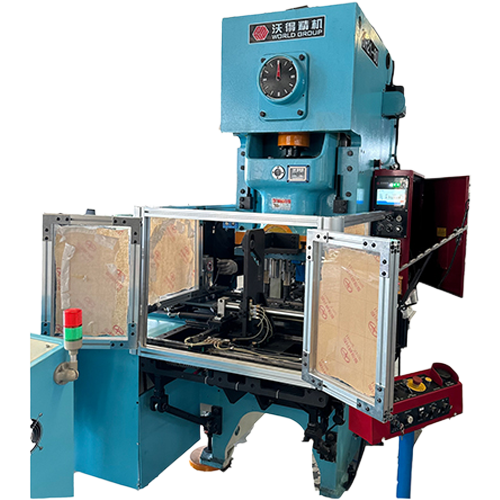Design concept of new can sealing machine
The new swing type automatic can capping machine is a device for automatic capping of glass cans. It automatically adjusts the tightening force with the help of a control circuit through an electromagnetic friction clutch installed on the shaft sleeve. The capping head shaft is automatically raised and lowered to clamp and release the bottle cap.
The automatic can capping machine can not only accurately control the bottle cap capping torque, but can also grasp the capping status changes in real time through the panel-mounted torque meter, completely solving the defect that ordinary capping machines cannot monitor the capping process in real time. This equipment overcomes the shortcomings of traditional can capping machines such as the inability to grasp capping torque changes in real time, cumbersome adjustment, and low pass rate. According to the sealing requirements of different round cans, the working parameters can be easily designed and changed on the touch screen. The single-fold edge sealing operation is the same as the edge pressing operation of the head and tail sealing wheels, so that the can body flange overlaps and bends with the can lid hook edge, and forms a tight five-layer tinplate structure through compression sealing. The sealing wheel mainly causes the can body flange and the can lid hook edge to be fully bent and hooked in the overlapping state, and the second sealing wheel applies pressure to achieve a tight seal after the initial sealing is formed.
The double-channel symmetrical structure makes the sealing quality of large-gauge tanks more stable. Equipped with a vacuum system, the tank can be vacuumed, eliminating the exhaust box link, which can reduce product costs and extend the shelf life of the tank. When market competition enters the higher-level product packaging stage, diversification naturally becomes a hot topic. Taking the beverage filling line as an example, the automatic can sealing machine is composed of microcomputer components, control software, and filling and capping matching combination, and its actual productivity is integrated with theoretical technology. The supplier can provide users with engineering design, installation and commissioning until final acceptance and handover. For example, when designing Jinan Xunjie packaging machinery, simulation design technology is usually used to store various units in a computer in the form of a database, digitize the drawings and input them into the system, and enter actual production indicators, data and possible failure parameters at the same time. Engineers will run the model according to actual working conditions to demonstrate production capacity, scrap rate, production link matching degree and production line bottlenecks. The model can be continuously optimized based on user feedback until the user is satisfied.
Recommended Products


 EN
EN
 中文简体
中文简体 English
English













